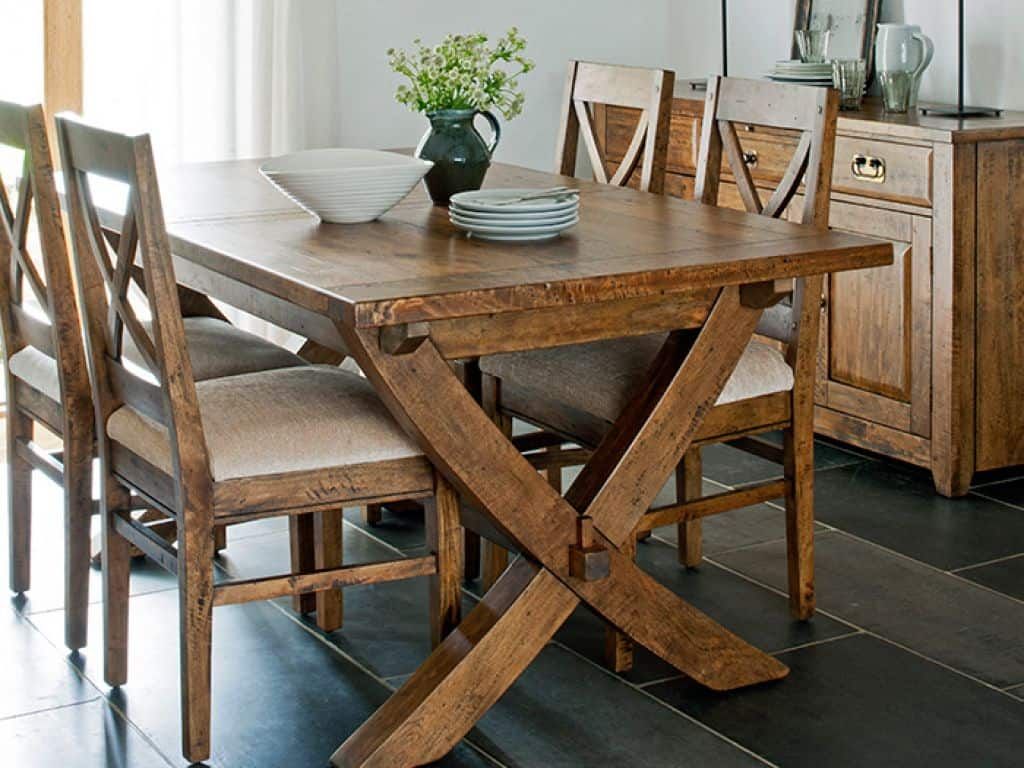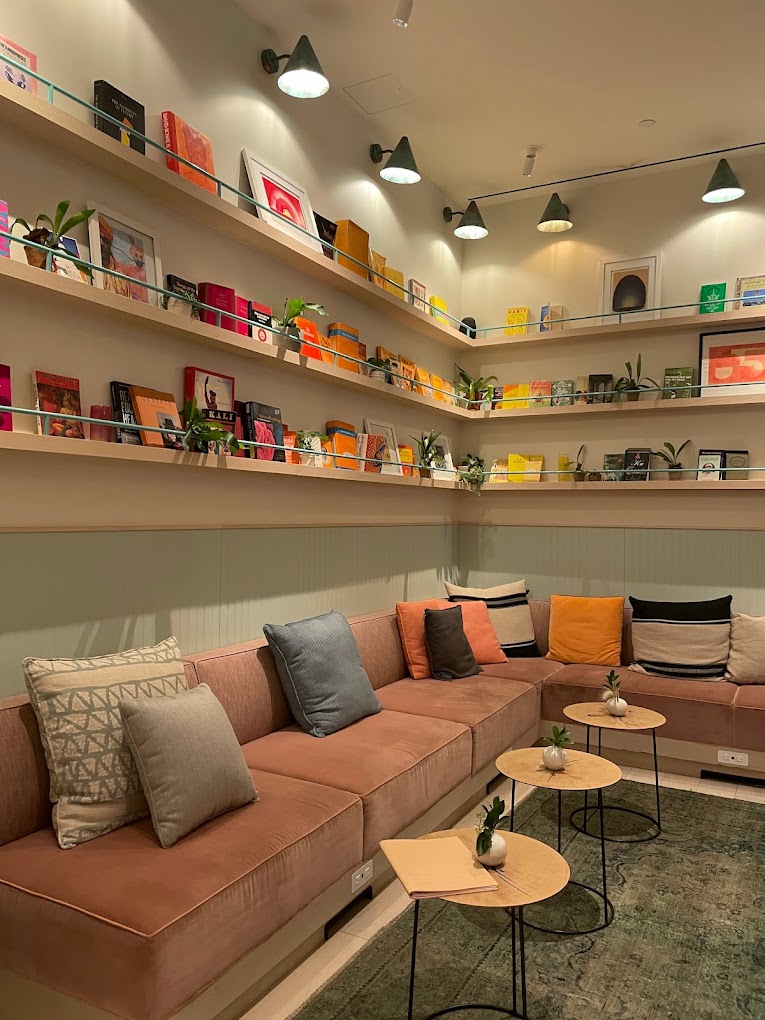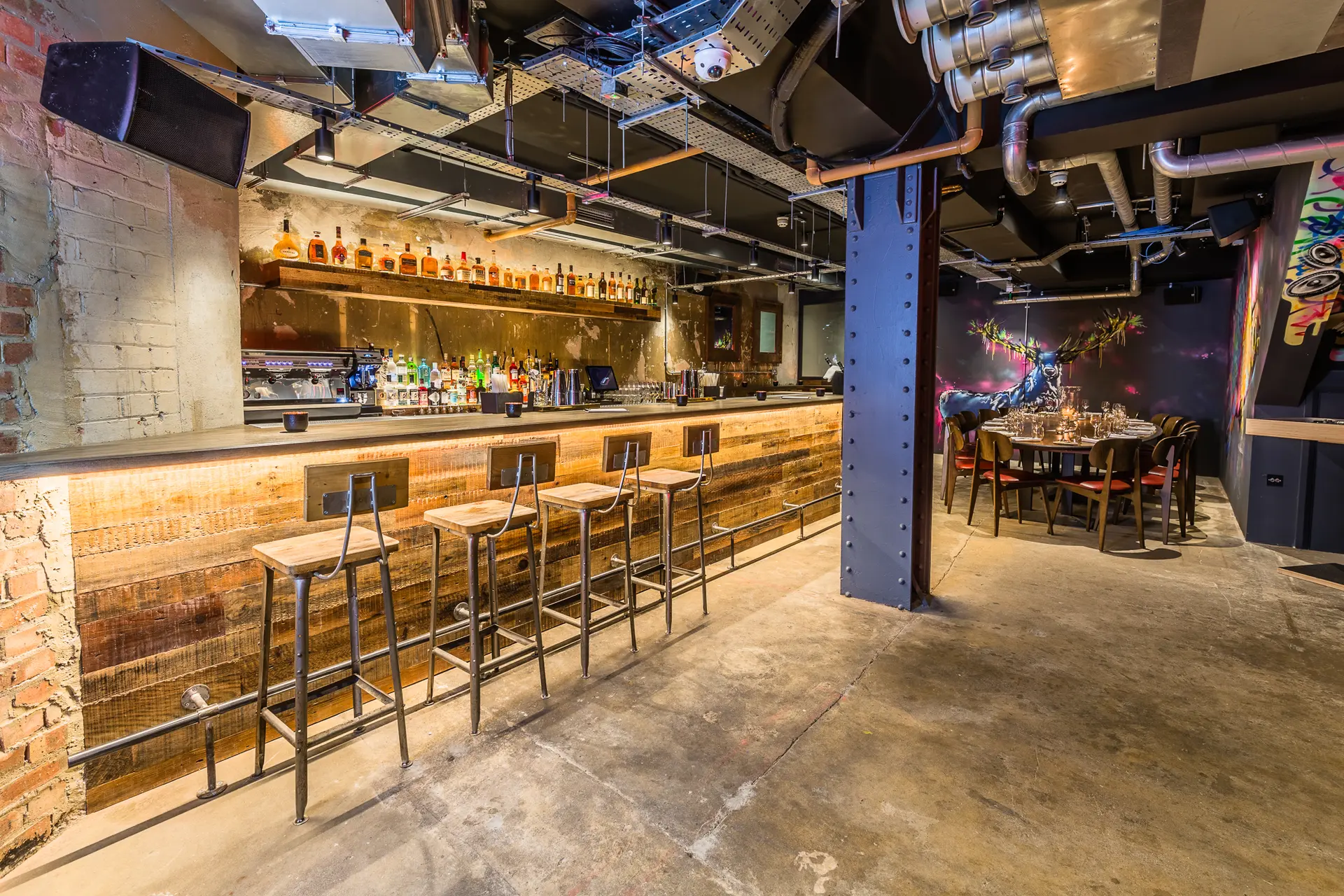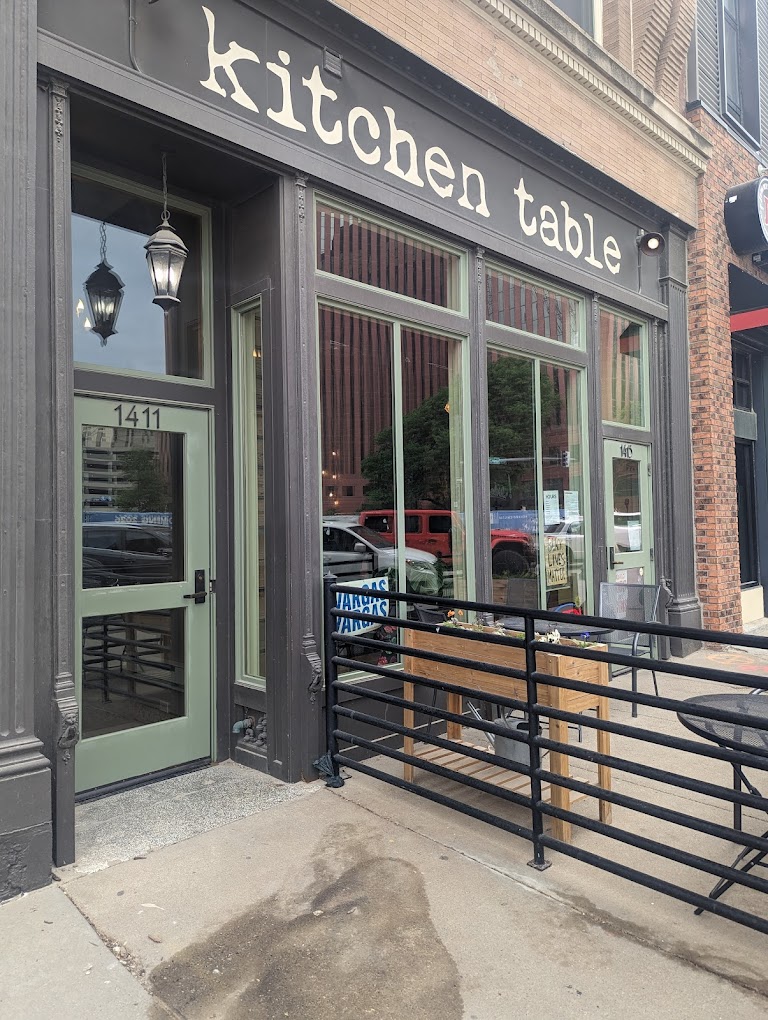With its rich color and distinct grain, mango wood is increasingly popular for use in furniture and decor. But is it well-suited for dining room tables that see daily use? We’ll examine the properties and characteristics of mango wood to help you determine if it’s the right material for your dining table.

Appearance and Grain Patterns
Mango wood exhibits a wide range of colors from pale yellow to deep reddish brown. The grain has an attractive figuring that features flowing waves and curls. Each piece of mango wood has unique patterns and characteristics. The wood darkens over time, developing a beautiful patina.
Hardness and Durability
On the Janka scale of wood hardness, mango rates at around 900 lbf which classifies it as a hardwood. It’s denser and more scratch-resistant than common softwoods like pine or cedar, though not as hard as exotic woods like ebony or bubinga.
Mango wood rates as moderately durable, especially when compared to teak or mahogany. With proper care and maintenance, a mango wood dining table can last for years of use. But it may dent or scratch more easily than extremely dense exotic hardwoods.
Stability and Resistance to Warping
Mango wood demonstrates decent dimensional stability after drying and milling. The wood is prone to some expansion and contraction with changes in humidity and temperature. But dramatic warping is uncommon.
Proper seasoning and kiln-drying helps stabilize the wood. High quality mango furniture uses laminated boards and engineered panels which counteract movement.
Finishing and Maintenance
Like most woods, mango accepts stain and finishes well. A protective sealer or varnish helps preserve the wood over time. Since mango can be somewhat porous, be sure to completely seal the underside and ends of the table.
Avoid placing extremely hot dishes or moisture directly on the bare tabletop – always use trivets and table mats. Wipe up spills promptly to prevent staining. Reapply a fresh coat of polyurethane every couple years to maintain the finish.
Sustainability and Responsible Sourcing
Mango trees are abundant and widespread in tropical regions of Asia, making mango an ecologically responsible choice compared to rare woods. Look for mango from certified sustainable forestry operations.
However, some low-cost mango furniture is produced irresponsibly. Seek out manufacturers that use 100% legal and ethically-sourced mango wood. This ensures environmentally-sound harvesting that doesn’t endanger mangrove ecosystems.
Color and Grain Variation
Since color and grain patterns vary widely in mango wood, it can be difficult to achieve a uniform appearance across a large dining table. Seamless tabletops may show slight mismatches.
Using only sapwood or only heartwood across the entire table provides a more consistent look. Alternatively, embrace the variation as part of the natural beauty of real wood.
Cost Value
Mango wood provides a pleasing blend of aesthetics, durability, and affordability. Pricing is on par with domestic hardwoods like maple, oak, and cherry, making mango very competitive. It’s substantially less costly than imported exotic woods.
Ease of Repairs
Minor scratches and dents in mango wood can often be sanded and re-finished to restore the table’s appearance. If more extensive repairs are needed, the wood takes new stain evenly and blends smoothly for invisible patch jobs. Compared to metal or glass tables, mango is relatively easy to refurbish.
Is Mango Wood Right for Your Dining Table?
For a surface that experiences heavy daily use, mango wood is a good mid-range choice. It’s more resistant to scratches and heat damage than pine, but not as indestructible as teak. Mango table tops stand up well to moderate wear and tear, but may show marks over time.
With informed care and maintenance, a mango dining table can serve your family for many years. Evaluate the wood’s strengths and limitations carefully before making your purchase decision. And be sure to buy from an ethical supplier promoting sustainable forestry.










